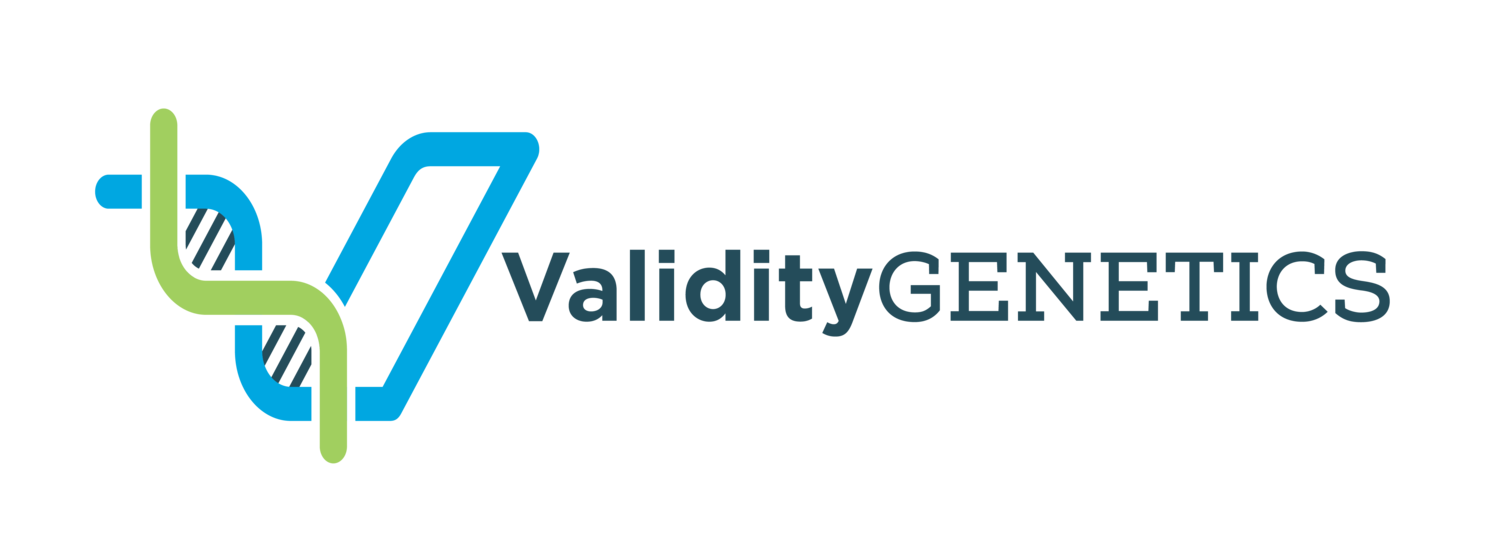Different Types of DNA Tests for Family Relationships
DNA testing is a powerful tool for confirming biological relationships, whether for personal knowledge, legal purposes, or immigration cases. Various relationship DNA tests can determine connections between family members with high accuracy. This guide explores the different types of DNA tests available, how they work, and when they might be needed.
1. Paternity DNA Tests
A paternity DNA test determines whether a man is the biological father of a child. This is the most common type of relationship DNA test and is widely used for personal reassurance, child support cases, custody disputes, and inheritance claims.
Accuracy: Over 99.99% when the alleged father is the biological parent.
Sample Collection: Buccal (cheek) swabs are the preferred method due to their ease of use and high success rate.
Turnaround Time: Results are typically available in 2-3 business days.
Legal vs. At-Home Testing: Legal paternity tests require chain-of-custody procedures for court-admissible results, while at-home tests provide personal insight without legal standing.
2. Maternity DNA Tests
A maternity DNA test, is the same test as a paternity test, and is used to confirm whether a woman is the biological mother of a child. This is often conducted in adoption cases, immigration applications, or when there are uncertainties about birth records.
Similar Accuracy to Paternity Tests: Highly reliable results exceeding 99.99% accuracy.
Non-Invasive Sample Collection: Buccal swabs are the standard.
Immigration Use: Commonly used for verifying family relationships in visa applications.
3. Sibling DNA Tests
A sibling DNA test determines whether two individuals share one or both biological parents. This is useful in cases where a parent is unavailable for testing.
Full vs. Half-Siblings: The test differentiates between full siblings (same mother and father) and half-siblings (one shared parent).
Accuracy: Results are probability-based, with a conclusive result typically exceeding 90% probability, inconclusive result between 90% and 10%, and a negative result being under 10%; based on AABB guidelines.
Uses: Often used for immigration, inheritance claims, or personal confirmation.
4. Grandparent DNA Tests
A grandparent DNA test can help determine paternity when the alleged father is unavailable for testing. The child’s DNA is compared to that of one or both paternal grandparents.
Best Results: Accuracy improves when both grandparents participate.
Legal Applications: Often used in custody disputes, inheritance matters, and immigration.
Turnaround Time: 2-3 business days for results.
5. Aunt and Uncle (Avuncular) DNA Tests
An avuncular DNA test helps determine whether an individual is biologically related to a niece or nephew. This is an indirect way to establish paternity when the alleged father is unavailable.
Probability-Based Results: Like sibling testing, results are expressed in terms of probability.
Best Practice: Including the mother’s DNA sample can improve result accuracy.
Used For: Immigration, inheritance claims, and family confirmation.
6. Twin Zygosity DNA Tests
A twin zygosity test determines whether twins are identical (monozygotic) or fraternal (dizygotic). Identical twins share 100% of their DNA, while fraternal twins share about 50%.
Purpose: Used for medical reasons, personal knowledge, and legal documentation.
Accuracy: Nearly 100% conclusive when performed correctly.
Forensic DNA Samples for Relationship Testing
In cases where buccal swabs are unavailable, forensic DNA samples can be used, though they come with added challenges:
Sample Types: Blood stains, hair with roots, toothbrushes, nail clippings, or personal items.
Processing Time: 5-7 business days, longer than buccal swabs.
Risk: Higher chance of degraded or insufficient DNA for analysis.
Use Cases: When the person being tested is unavailable or deceased.
Non-Legal: Please consult an attorney if looking to use for anything outside of personal interest, such as in legal cases.
Choosing the Right Relationship DNA Test
Selecting the right DNA test depends on your specific situation. Paternity and maternity tests provide direct confirmation of parentage, while sibling, grandparent, and avuncular tests offer alternative options when a parent is unavailable. Twin zygosity testing clarifies genetic relationships between twins, and forensic samples can be used when standard buccal swabs aren’t an option.
Regardless of the test chosen, DNA analysis remains one of the most reliable methods for determining biological relationships.













